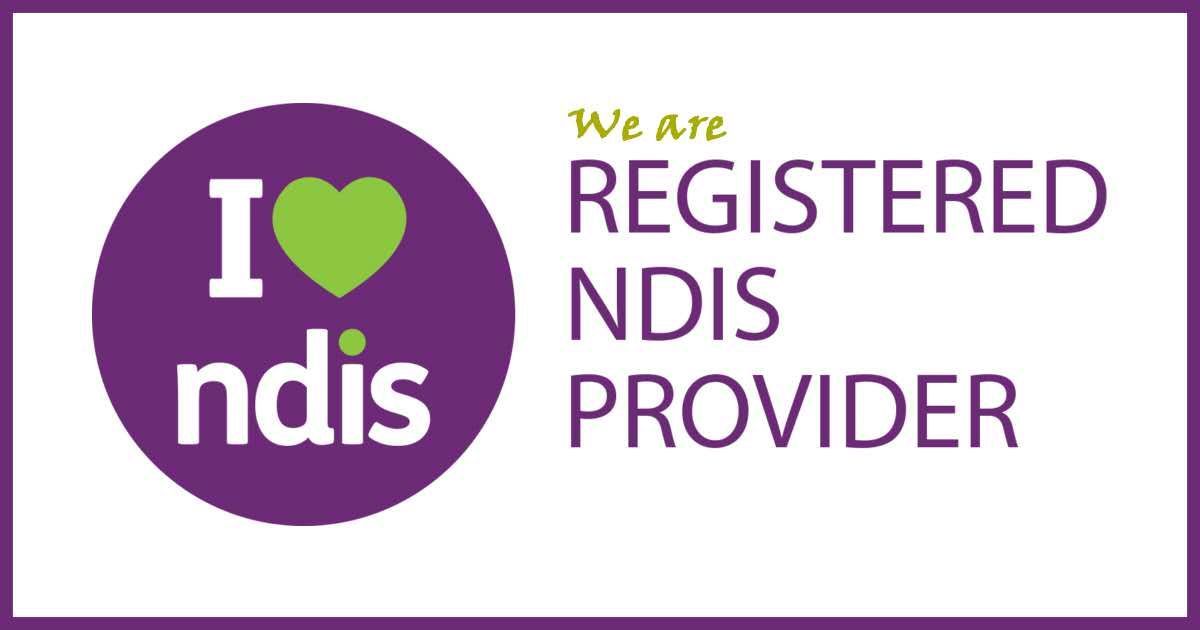Overcoming Nurse Shortages: Strategies for Success with Woodpecker Nursing Agency
Overcoming Nurse Shortages: Strategies for Success with Woodpecker Nursing Agency
Nurses are indispensable in healthcare, representing the largest sector within the profession. Facing a critical nursing shortage in Australia, the challenge requires innovative staffing strategies and effective solutions, like those offered by the Woodpecker Nursing Agency.
Our article explores the depths of this pressing issue, presenting effective recruitment and retention strategies that address the nursing shortage in Australia. We aim to showcase how leveraging Woodpecker Nursing Agency solutions can significantly mitigate these challenges.
Understanding the Scope of Nurse Shortages
The nursing shortage in Australia, and globally, is a multifaceted crisis exacerbated by various factors. In 2021, the turnover rate of registered nurses reached alarming levels, driven by increased patient-to-nurse ratios and hospital occupancy rates. This issue is not isolated to Australia; it is a global challenge, with nearly 18% of new nurses leaving their positions within their first year of employment. The World Health Organisation has highlighted the global deficit, estimating a need for an additional 9 million nurses and midwives by 2030 to achieve Sustainable Development Goal 3, which focuses on health and well-being.
The COVID-19 pandemic has intensified this shortage, putting unprecedented stress on the nursing workforce. Nurses have faced increased risks, including occupational infections, stress, and burnout. Surveys from various countries, including the United States, South Korea, Qatar, Sweden, Denmark, and Japan, have reported significant numbers of nurses considering leaving the profession due to the pressures of the pandemic. In response, the International Council of Nurses urges governments to protect nurses' safety and well-being and to implement long-term strategies to bolster the global nursing workforce.
Addressing the nursing shortage requires comprehensive strategies that tackle the root causes. These include inadequate workforce planning, resource constraints, and ineffective recruitment, retention, and return policies. To combat these challenges, initiatives such as offering competitive salaries, comprehensive benefits, tuition reimbursement, and loan repayment programs are essential. Additionally, leveraging staffing solutions from agencies like Woodpecker Nursing Agency can provide immediate relief and long-term strategies to ensure a sustainable and resilient nursing workforce.
Innovative Recruitment Strategies
In tackling the nursing shortage in Australia, innovative recruitment strategies play a crucial role. Offering incentives such as signing, quarterly, referral, or retention bonuses, alongside benefits like above-average paid time off, reimbursement for continuing education courses, and student loan repayments, can significantly attract and retain nursing talent. Additionally, enhancing the onboarding process ensures new hires are well-integrated and supported from the start.
Countries should also widen their recruitment base, considering mature entrants, those from ethnic minorities, and individuals with vocational qualifications or work-based experience. This approach diversifies the workforce and taps into previously underutilised talent pools. However, while international recruitment can offer immediate relief, it's essential to strive for self-sufficiency to avoid displacing the shortage elsewhere.
Creating a supportive work environment is equally important. This includes offering flexible schedules, establishing a positive workplace culture with zero tolerance for bullying, and providing professional and personal support through programs like new-graduate residencies and wellness initiatives. Adjusting compensation based on industry trends and leveraging technology to ease burdensome tasks can further enhance job satisfaction, making these strategies integral to our efforts in overcoming the nurse shortage in Australia with Woodpecker Nursing Agency solutions.
Retention Efforts to Combat Turnover
High turnover rates among nurses not only impact job satisfaction and team cohesion but also carry significant financial burdens, with costs ranging from $28,400 to $51,700 per registered nurse. To combat this, it's essential to address the root causes of burnout, often referred to as 'moral injury,' which manifests through symptoms like depleted energy and diminished job enjoyment. Strategies to enhance retention include:
- Implementing genuine appreciation measures, such as recognition in team meetings or offering paid days off, to reduce mental fatigue.
- Eliminating mandatory overtime to prevent physical exhaustion and safety concerns, thereby ensuring the delivery of quality patient care.
- Providing opportunities for autonomy, employee wellness programs, and implementing a flexible work culture alongside competitive salaries to improve overall job satisfaction.
Moreover, offering continuing education, formal mentoring, and residency programs can significantly reduce turnover rates. It's crucial to create clear channels for nurses to voice concerns, ensuring these are promptly addressed. An open-door policy for nurse managers fosters communication and rapport, further supporting retention efforts. Additionally, exit surveys can offer insights into areas for improvement, helping to anticipate and manage burnout effectively. Lastly, showing appreciation through personalised gestures, providing downtime for relaxation, and implementing mentoring programs are key strategies that contribute to a positive working environment, supporting nurse retention at all levels.
Leveraging Technology for Efficient Staffing
In addressing the nursing shortage in Australia, leveraging technology for efficient staffing emerges as a pivotal strategy. Online education and virtual simulation can significantly alleviate the instructor shortage in nursing schools, making education more accessible and flexible. Interoperable technologies play a crucial role in reducing the burden on nurses by preventing them from becoming human interfaces between disparate systems. Furthermore, virtual nursing enables remote oversight of alarms, alerts, and pain assessments, allowing experienced virtual nurses to provide advice to those newly entering the field. This not only enhances patient care but also supports nursing staff effectively.
A unique nurse identifier system can link nurses' work directly to patient outcomes, thereby improving healthcare's value-based care models. Improved hospital IT systems focusing on workflows can attract talent; however, the absence of a rating system for IT capabilities poses a challenge for prospective candidates. Nursing informatics is poised to play a significant role in future healthcare models, especially those based on value-based care. Additionally, AI-enabled robots can relieve nurses of routine tasks, allowing them more time for patient care, while healthcare executives recognise AI models as enablers of better customer experiences and enhanced employee capabilities.
The adoption of digital health tools offers an opportunity to redefine nursing tasks, shifting certain responsibilities to patients through self-service and collaborative solutions. Building a strong digital core is crucial for health systems to integrate data, increase interoperability, ensure information security, and streamline clinical workflows. Involving nurses in the care reinvention process from the start is essential for the successful adoption of technology and delivering value. Predictive analytics and thorough data analysis can identify workforce capacity issues, align staff and schedules more effectively, and inform investment decisions for impactful and time-saving solutions for nurses.
Through exploring the multifaceted crisis of the nurse shortage, this article underscores the importance of innovative recruitment, effective retention strategies, and the pivotal role of technology in reshaping the nursing landscape in Australia. Woodpecker Nursing Agency emerges as a beacon of hope, offering comprehensive solutions that not only address immediate staffing needs but also lay the groundwork for a sustainable and resilient future nursing workforce. The shared insights into overcoming these challenges magnify the significance of concerted efforts in recruitment and retention alongside technological advancements to ensure quality patient care and nurse well-being.
As we navigate the complexities of the healthcare sector, the implications of our discussed strategies resonate beyond the borders of Australia, shedding light on global healthcare challenges. It is imperative for healthcare institutions, policy-makers, and stakeholders to acknowledge the pressing need for action and collaboration to mitigate the nurse shortage crisis. Adopting the highlighted strategies offers a roadmap towards a more robust healthcare system, underscoring the critical role nurses play in ensuring the well-being of communities worldwide. The journey towards overcoming the nursing shortage is challenging yet essential, compelling us to invest in our nurses—the backbone of healthcare.













